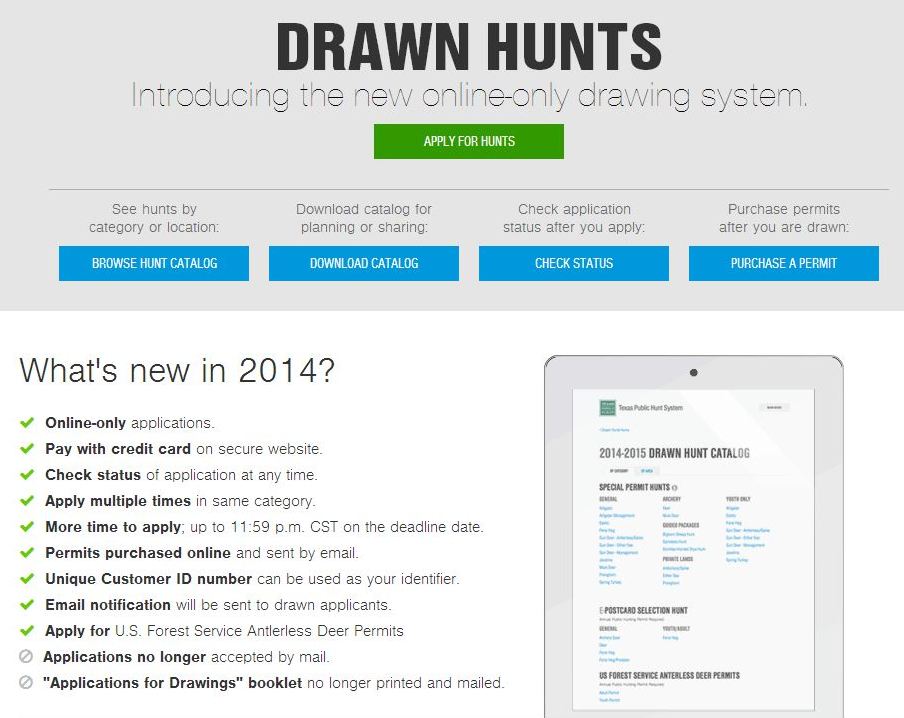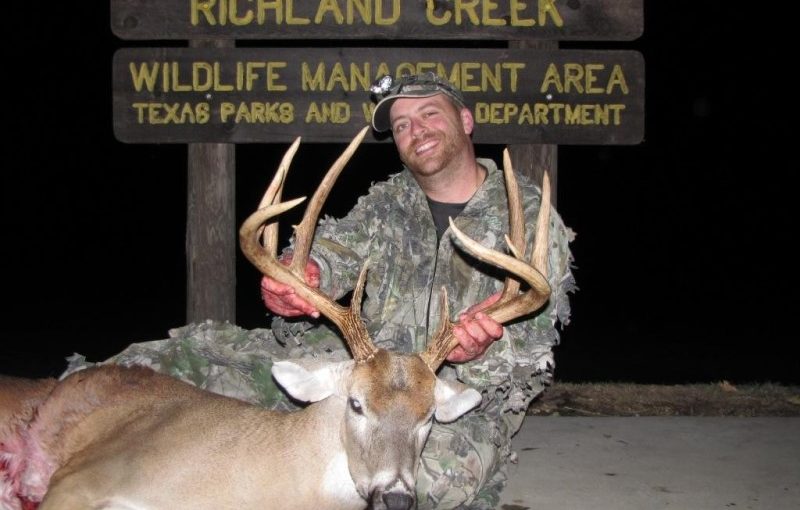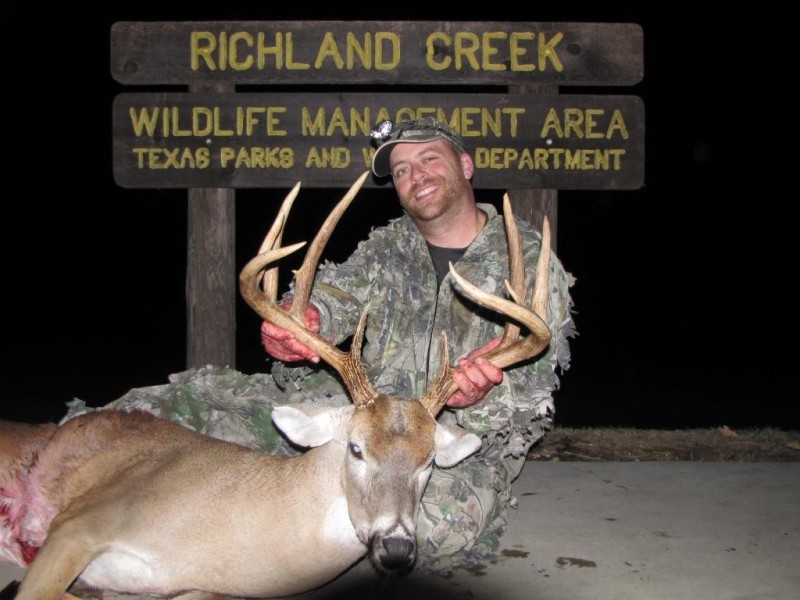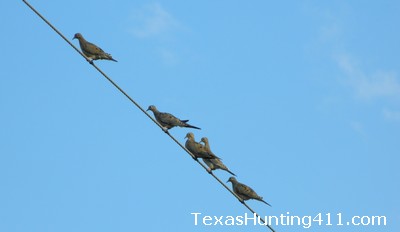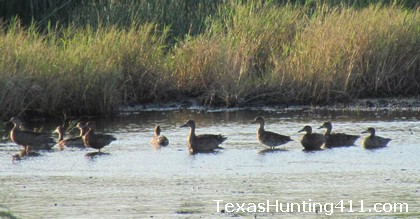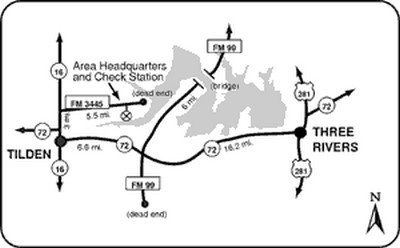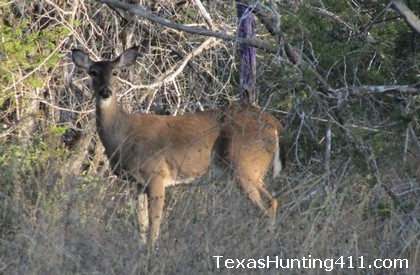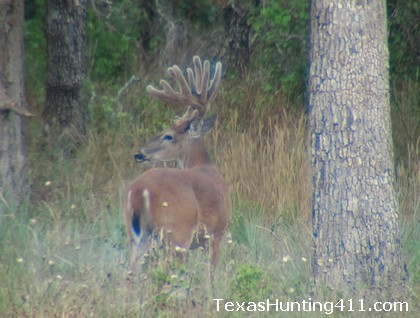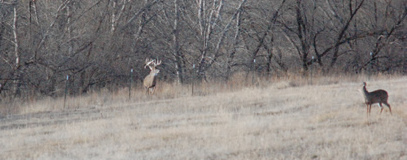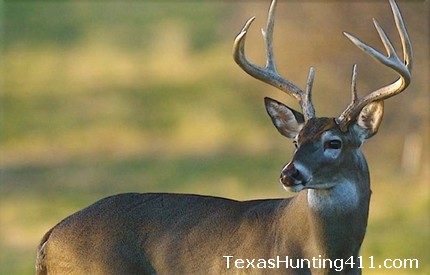Yoakum Dunes Wildlife Management Area (WMA) is a reality. The Texas Parks and Wildlife Commission today approved acceptance of a land donation to create the new 14,037 acre Yoakum Dunes WMA in Cochran, Terry and Yoakum Counties near Lubbock, providing a refuge for the threatened lesser prairie chicken and other native grassland birds and wildlife. It’s the first new WMA in Texas since the 2006 donation of the McGillivray and Leona McKie Muse Wildlife Management Area in Brown County.
Acquisition of land for the WMA was made possible through a partnership between The Nature Conservancy of Texas, The Conservation Fund and Concho Resources, Inc., an oil and gas company operating in the Permian Basin of Texas and New Mexico that donated $400,000 to The Conservation Fund towards land acquisitions for the WMA. The donation leveraged $1.2 million in federal Wildlife and Sport Fish Restoration Program funds.
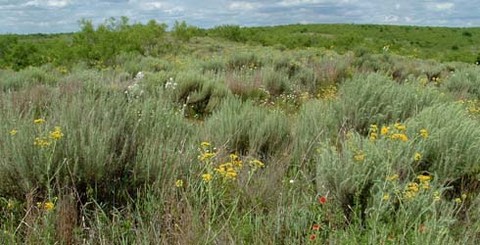
“Conserving the lesser-prairie chicken all comes down to habitat, and the new Yoakum Dunes Wildlife Management Area will provide vital breeding and nesting habitat for the species in a critically important part of its range” said Ross Melinchuk, TPWD deputy executive director for natural resources. “It would not have been possible without federal wildlife grant funds and support from private partners.”
In 2007, the Nature Conservancy of Texas began purchasing land that would become the Yoakum Dunes Preserve, using federal grant funds. The conservancy has acquired 10,635 acres, which the commission today approved to accept as a donation to Texas Parks and Wildlife Department. The department has acquired tracts totaling 3,402 acres contiguous with the TNC holdings. Today’s commission vote clears the way for the conservancy to transfer its holdings to TPWD in order to establish the Yoakum Dunes Wildlife Management Area.
The primary impetus for the WMA is conservation of the lesser prairie chicken, whose historic shinnery oak/midgrass prairie habitat has been fragmented by agriculture, oil and gas development, and other land uses. The U.S. Fish and Wildlife Service listed the bird as threatened under the federal Endangered Species Act in May, 2014. (See TPWD’s lesser prairie-chicken web page for more information.) Besides the prairie-chicken, the new WMA will also provide important habitat for a wide range of indigenous wildlife, including Texas horned lizards, quail and mule deer.
The partners emphasized that although the new WMA is a major achievement, private landowner conservation is essential to recover the lesser-prairie chicken. TPWD and four other states within the bird’s range are cooperating in a range-wide plan led by the Western Association of Fish and Wildlife Agencies, which provides funding and incentives for private ranchers and other landowners to conserve habitat.
It will take a few months to complete the land transfer from TNC to TPWD and create the new WMA. In June, Brandon Childers, formerly at Black Gap WMA, started work as the new biologist and WMA manager at Yoakum Dunes. For the next year or two, he will lead department efforts to complete baseline surveys to assess natural and cultural resources, begin habitat management practices such as brush control and water improvements to benefit the lesser prairie-chicken and other grassland wildlife, and plan public use opportunities on the WMA.
In coming years the agency plans to offer public recreational use of the WMA, including hunting, birding and other compatible recreation. However, decisions about what degree and how much of the WMA may be open to the public won’t be possible until after on-site resources are fully assessed.
Once the new WMA is created after the land transfer, TPWD will eventually create a Yoakum Dunes WMA web page with more information for the public, including a phone number to contact. In the meantime, questions about the new WMA or landowner assistance for wildlife conservation can be addressed to the Panhandle/High Plains Wildlife District of the Wildlife Division.
